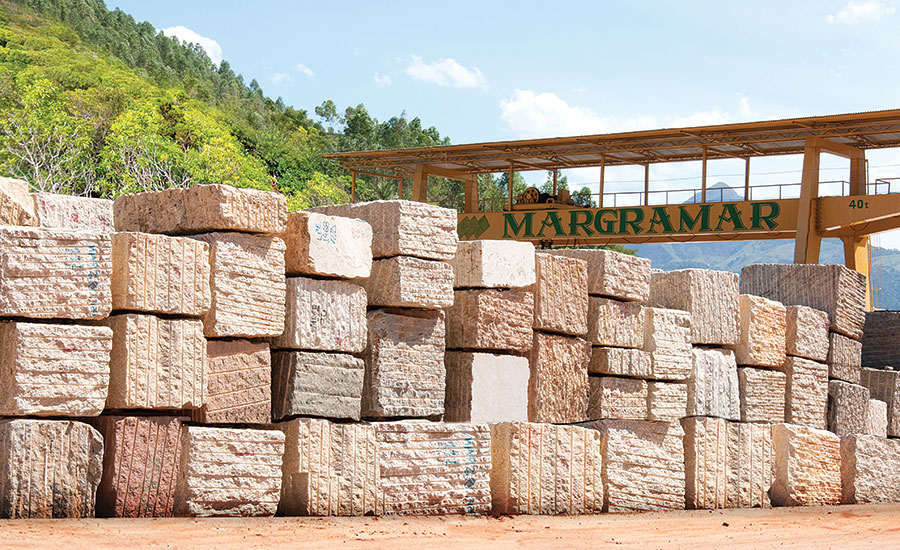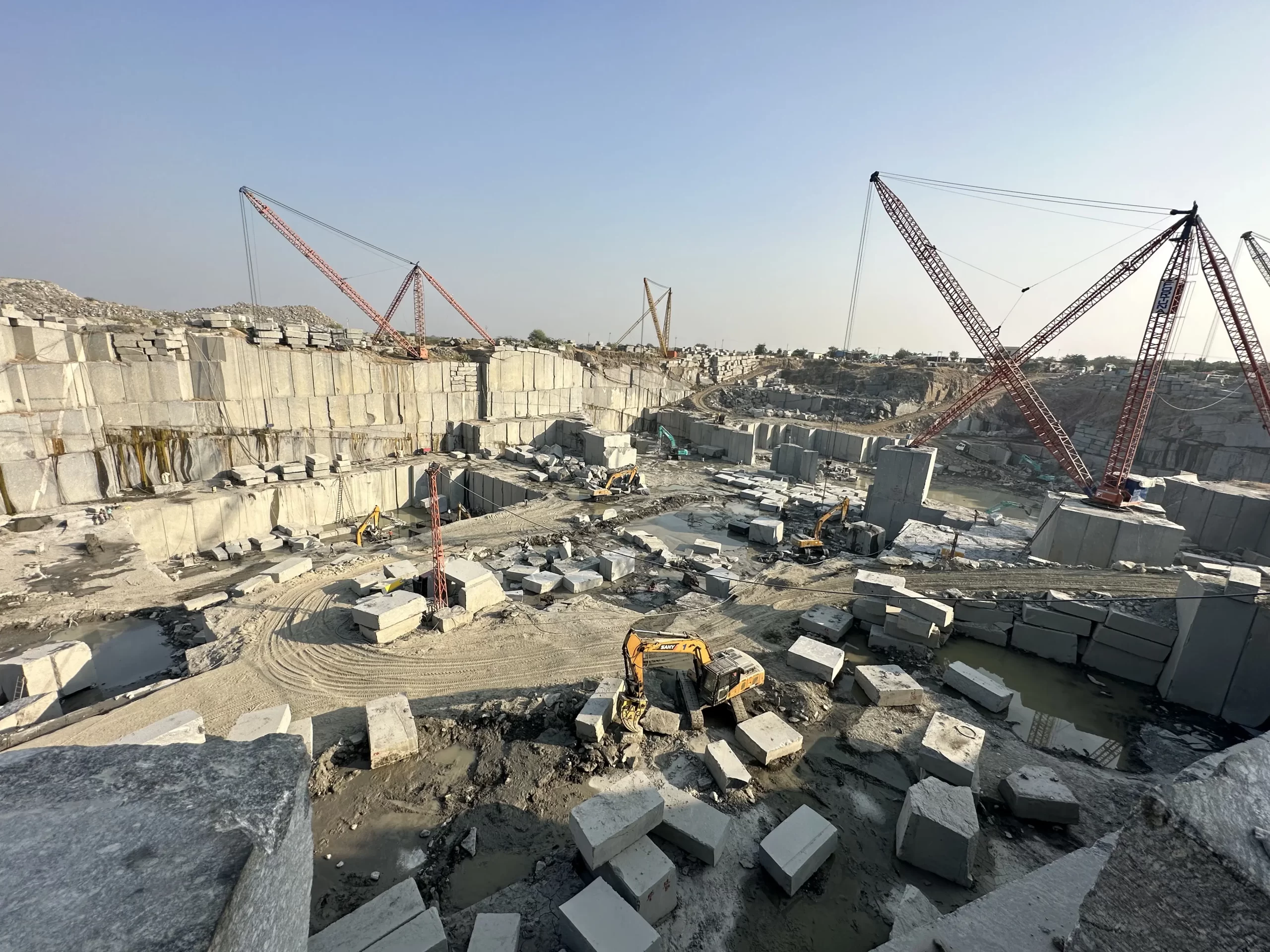The Concealed Treasures: Exploring Granite Quarries in South Africa
The Concealed Treasures: Exploring Granite Quarries in South Africa
Blog Article
Revealing the Mysteries of Granite Quarrying: Where Stamina and Beauty Meet
The globe of granite quarrying is a world where the raw stamina of nature converges with human virtuosity to develop frameworks that stand the test of time with an air of elegance. From the midsts of quarries to the precise polishing in workshops, the process of changing granite into building wonders is a complex dancing of tradition and advancement. As we peer into the depths of this ancient craft, we begin to discover the surprise details that form the very essence of our constructed atmosphere.
The Origins of Granite Quarrying
In the record of architectural history, the origins of granite quarrying are shrouded in a tapestry of old workmanship and geological wonders. Going back to ancient Egypt and Mesopotamia, the removal of granite from quarries noted the start of a trip that would ultimately lead to the development of a few of the globe's most famous structures.
Granite quarrying's roots can be mapped to the knowledgeable craftsmens who identified the stone's toughness and visual allure. Via a mix of primitive tools and sheer determination, these early quarry employees discovered granite blocks that would become the foundation of people.
As people evolved, so did the methods of quarrying granite. The Romans, renowned for their engineering prowess, developed innovative techniques for drawing out granite to create monuments, holy places, and roads that stood the test of time.
The tradition of these old quarrying methods remains to form modern-day architecture, with granite staying a symbol of stamina and style in building and construction projects around the globe. (granite quarries in south africa)
Tools of the Quarrying Profession
The development of granite quarrying strategies from old people to modern-day times highlights the essential duty played by the tools of the quarrying profession in forming the market's practices. In old times, quarrying tools were simple, typically including knives, hammers, and wedges made from materials like bronze or iron. These devices required substantial manpower and time to remove granite blocks from quarries.

In addition, the intro of pneumatically-driven tools and high-powered equipment has actually considerably decreased the physical labor called for in quarrying procedures, enhancing worker safety and security and efficiency. As the quarrying sector continues to introduce, the devices of the profession continue to be at the center of driving development and forming the future of granite removal.
Extracting Blocks of Granite
Making use of precision equipment and progressed methods, the removal of granite obstructs from quarries has actually ended up being an advanced procedure in the contemporary quarrying industry. Managed blasting strategies are then employed to damage apart the granite right into manageable areas.

Polishing and Completing Techniques
To attain a perfect surface area on granite blocks, proficient artisans employ a collection of meticulous polishing and ending up techniques. After the preliminary extraction and forming processes, the granite blocks undertake an extensive sprucing up stage to enhance their all-natural beauty and resilience. One usual technique used in polishing granite is ruby abrasion, where commercial diamonds are used to grind and brighten the stone to a smooth coating. This process not just develops a lustrous surface area however additionally guarantees harmony in shade and appearance across the granite block.
In addition to sprucing up, finishing methods are applied to additional fine-tune the granite's go to website appearance. By carefully picking and applying these polishing and completing strategies, craftsmens can change raw granite obstructs into charming items that display both stamina and elegance.

Environmental Impact and Sustainability
With the expanding emphasis on ecological awareness in the sector, granite quarrying practices are significantly inspected for their influence on natural deposits and long-term sustainability. Quarrying for granite can have significant ecological implications. The removal process frequently includes making use of heavy machinery, dynamites, and huge amounts of water, resulting in habitat devastation, dirt disintegration, and water pollution. Additionally, the transport of granite from quarries to processing centers generates carbon emissions, better adding to ecological deterioration. granite quarries in south africa.
To mitigate these effects and make sure sustainability in granite quarrying, market stakeholders are taking on different procedures. Carrying out sophisticated innovations to lower energy consumption and water usage, redeeming quarried land for eco-friendly restoration, and promoting liable sourcing methods are some methods being used. Furthermore, qualifications such as the Forest Stewardship Council (FSC) and the Leadership in he said Power and Environmental Design (LEED) aid customers recognize ecologically friendly granite items.
Verdict
To conclude, granite quarrying is a procedure that requires specialized devices and strategies to remove blocks of granite and polish them to a high degree of finish. While the ecological influence of quarrying can be significant, initiatives are being made to improve sustainability techniques in the market. Generally, granite quarrying is a delicate equilibrium between harnessing the toughness and beauty of this all-natural stone while reducing its effect on the atmosphere.
Report this page